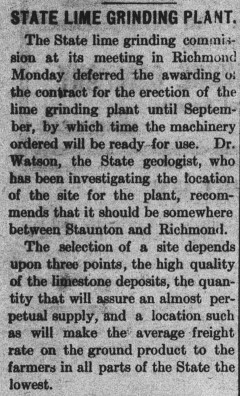(Re)producing History
The normative narrative regarding Blackness and incarceration is one of alienation and blame. For centuries, Blackness has been equated with criminality and guilt, and this notion has been ingrained into the very foundation of the carceral state. While this matter is contested, there are tangible, present manifestations of this narrative- manifestations like police brutality and mass incarceration- that are indicative of the incredibly insidious and pervasive nature of racial violence in the criminal justice system, more specifically, in the imprisonment of Black people in both the past and present.
It is impossible to truly understand Black history in the context of the white racial frame. And so, it is imperative to revisit this history with this rejection of the white racial frame in mind. From this, this history of violence and oppression is reclaimed as Black history. Regarding a fugitive slave in eighteenth century Barbados, Maria Fuentes, the author of Dispossessed Lives, claims Jane, the fugitive slave, “stumbled into history,” (Fuentes, 2016). By recognizing those impacted by legal racial violence as individuals who played a role in the very forging of history, they are no longer defined only by their struggle, but also by their agency. This is where the reproduction of history begins.
Fuentes, Maria, J. (2018). Producing History. In Dispossessed lives: Enslaved women, violence, and the archive (pp. 14–15). essay, UNIV OF PENNSYLVANIA PR.
Given the above motives and its exigence, the question of how law and punishment was used to perpetuate racial violence in Reconstruction era Virginia can be explored. From here, the following questions can be answered: How has the utilization of law and punishment influenced or created normative racist standards about crime, punishment, and Blackness? How might have Virginia acted as an epicenter of legal racial violence in the south? And: how has racial violence seeped into legalized punishment?
Isabelle Degraff
